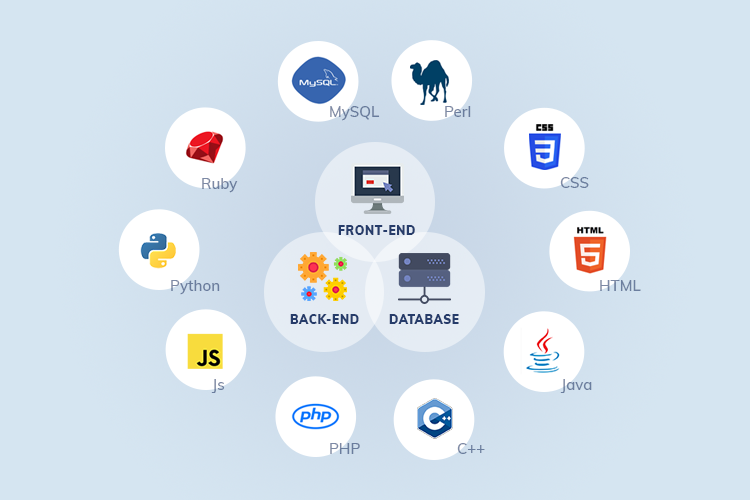Index Surge: Amplifying Your Insights
Stay updated with the latest trends and news across various industries.
The Full-Stack Juggler: Balancing Frontend and Backend Like a Pro
Master the art of full-stack juggling! Discover insider tips to balance frontend and backend like a pro in your web development journey.
Mastering the Art of Full-Stack Development: Tips for Seamless Frontend and Backend Integration
Mastering the art of full-stack development is essential in today's tech-driven world, where demand for versatile developers continues to rise. To achieve seamless frontend and backend integration, it's crucial to understand the distinct roles that each component plays while ensuring they work together harmoniously. Start by establishing a solid foundation in HTML, CSS, and JavaScript for frontend development, as these languages form the backbone of user interface creation. Additionally, familiarize yourself with backend technologies such as Node.js, Python, or Ruby on Rails, which will enable you to construct robust server-side applications that serve dynamic content to users.
Once you have grasped the fundamentals, focus on the communication between the frontend and backend through API integration. Employ technologies like RESTful APIs or GraphQL to facilitate data exchange in a structured manner. To enhance your skillset further, consider the following tips:
- Continuously test your applications to identify and resolve integration issues early.
- Use version control systems like Git to track changes and collaborate efficiently.
- Stay updated on industry trends and new tools that can optimize your development process.
By mastering these techniques, you'll be on your way to becoming a proficient full-stack developer capable of creating fluid and interactive applications.

Common Challenges in Full-Stack Development: How to Overcome Them Like a Pro
Full-stack development is a multifaceted field that combines both front-end and back-end technologies. One common challenge developers face is managing the complexity of integrating different technologies. To overcome this, it is crucial to maintain a well-organized project structure and leverage frameworks that facilitate easy interaction between the front-end and back-end. This can include utilizing RESTful APIs or GraphQL to streamline data exchange, ensuring that each layer communicates smoothly and efficiently.
Another significant hurdle in full-stack development is keeping up with the rapid pace of technological advancements. With new tools and libraries emerging constantly, staying updated can be daunting. Developers can tackle this challenge by dedicating time to continuous learning and actively participating in developer communities. This not only keeps them informed about the latest trends but also provides opportunities for networking and support. Utilizing resources like online courses, tutorials, and documentation can help turn this challenge into an advantage.
The Best Tools and Frameworks for Full-Stack Developers: A Comprehensive Guide
Full-stack developers play a crucial role in web development, bridging the gap between front-end and back-end technologies. To excel in this multifaceted field, having the right tools and frameworks at your disposal is essential. Popular front-end frameworks like React, Angular, and Vue.js allow developers to create dynamic user interfaces with efficiency and ease. On the back-end, frameworks such as Node.js, Django, and Ruby on Rails provide a robust environment for building scalable applications. Each of these tools has unique features that cater to specific project needs, making it vital to choose the right combination that enhances productivity and streamlines development.
In addition to the main frameworks, several other tools can enhance a full-stack developer's workflow. Version control systems like Git facilitate collaborative coding, while Docker helps to manage application deployment in consistent environments. For testing and debugging, tools like Jest for JavaScript and Selenium for web applications are indispensable. Moreover, integrating APIs can extend functionality and improve user experience. By leveraging these tools and frameworks, full-stack developers can efficiently build, deploy, and maintain high-quality applications that meet diverse client requirements.